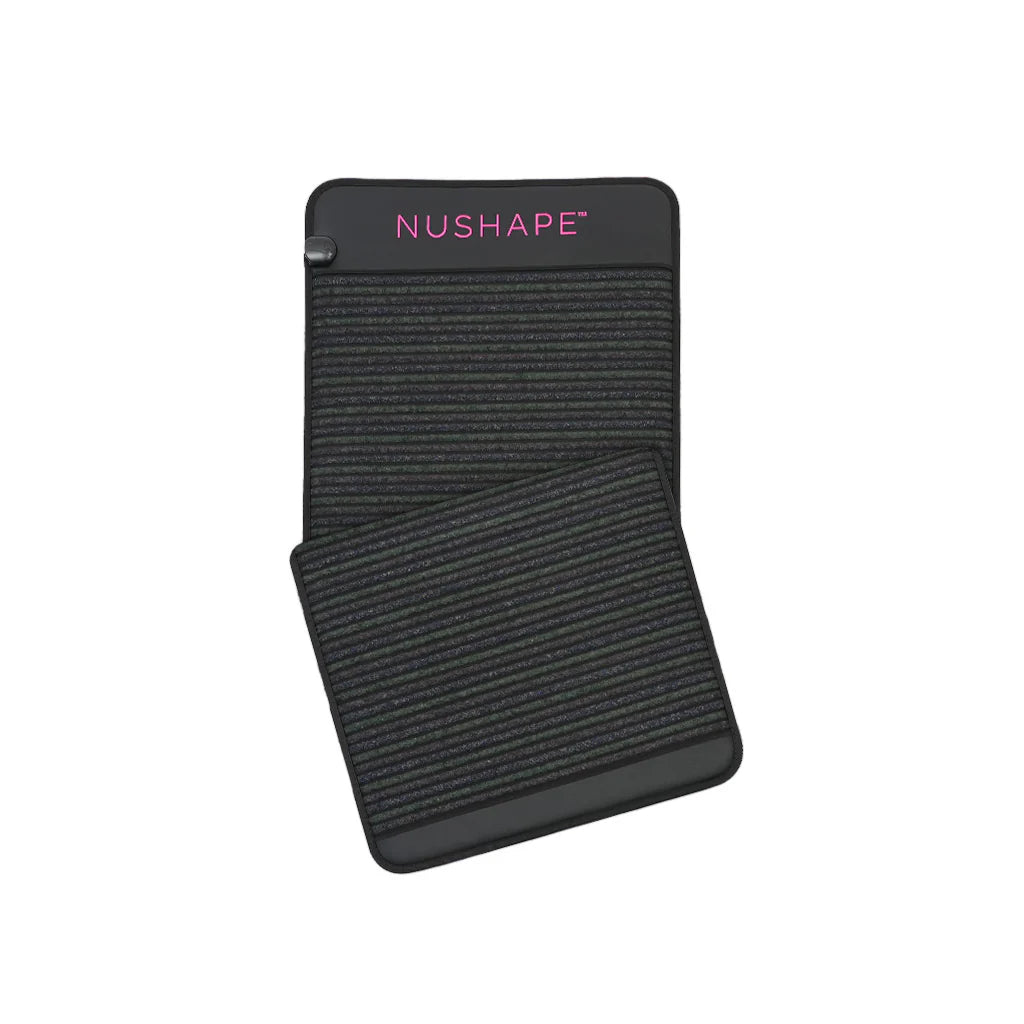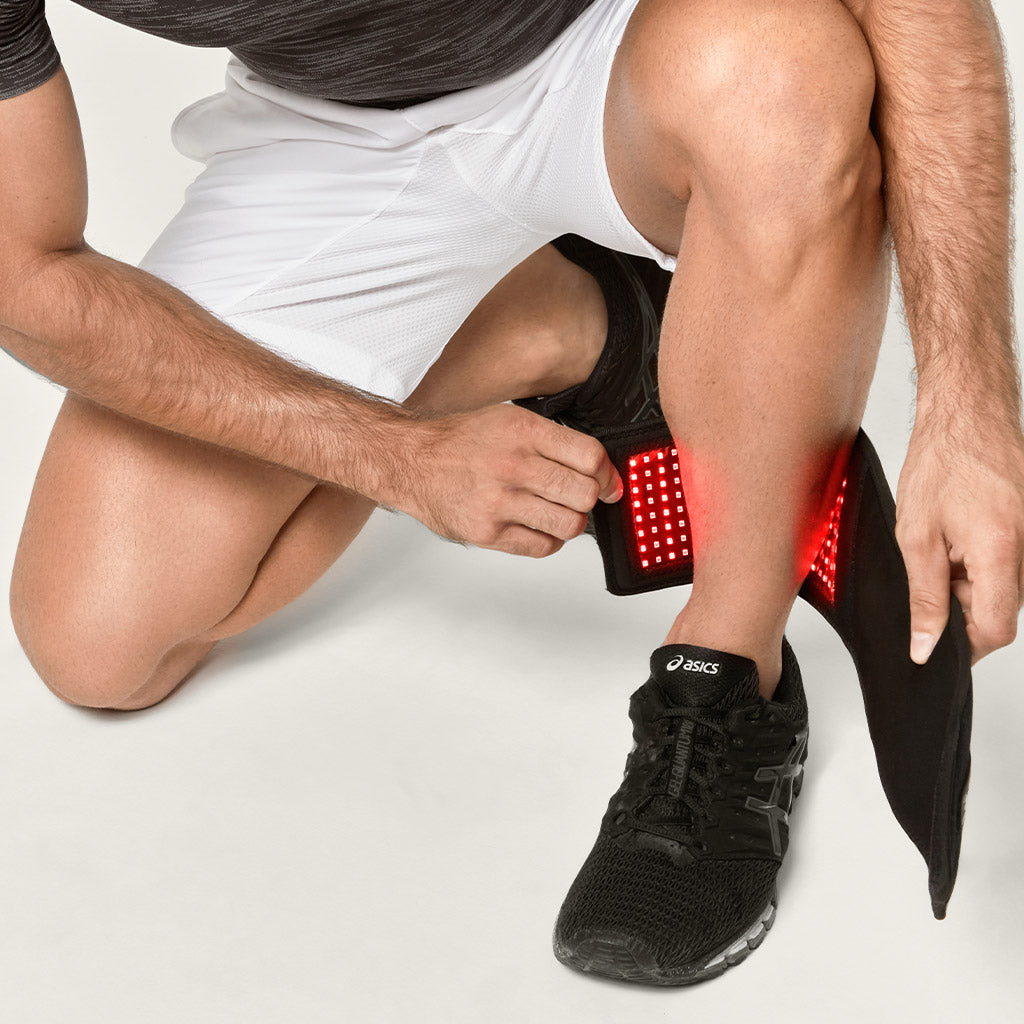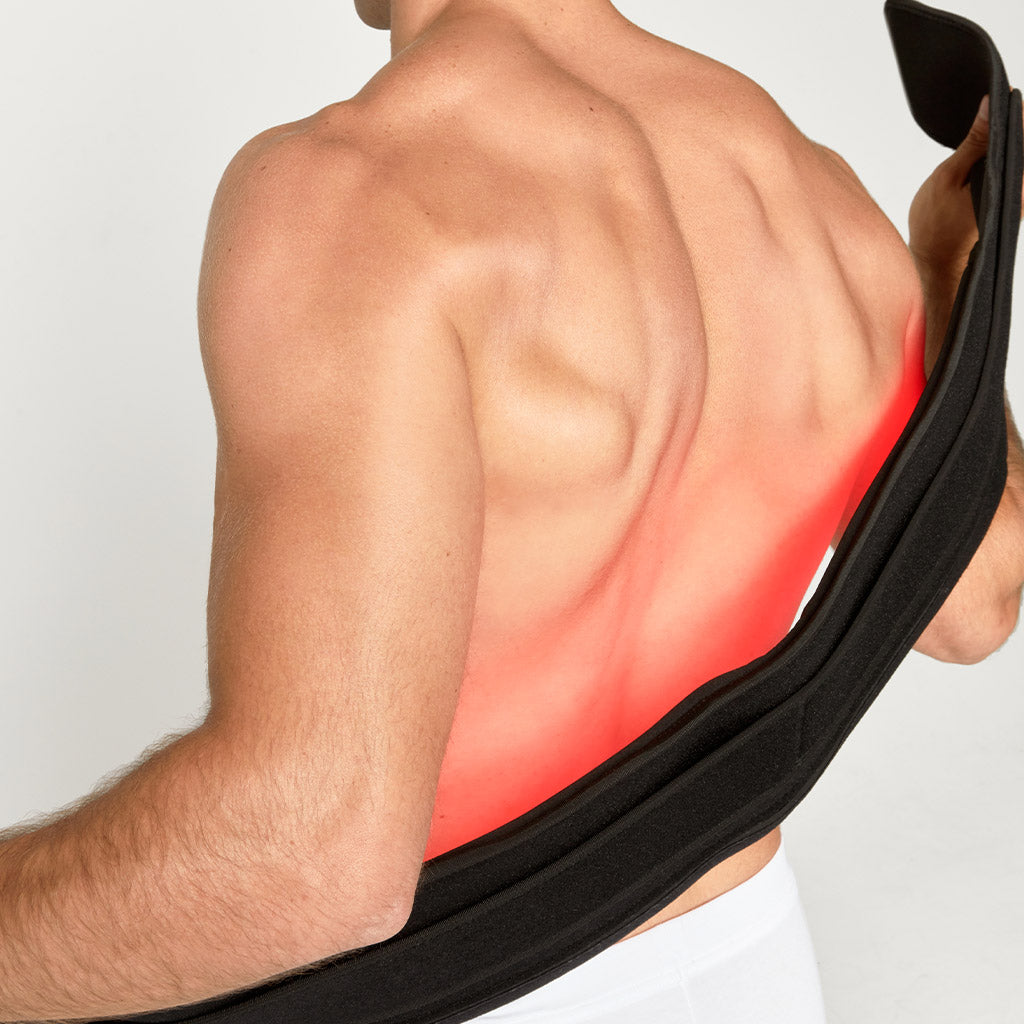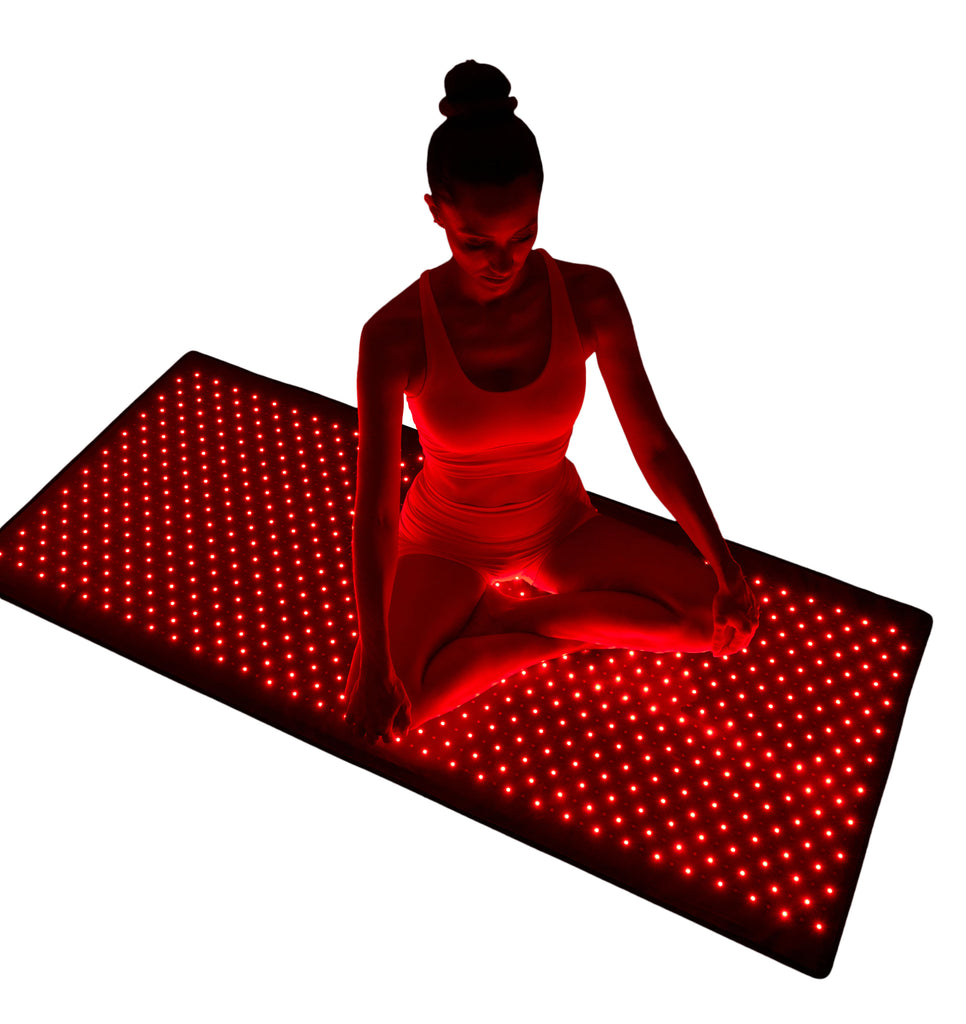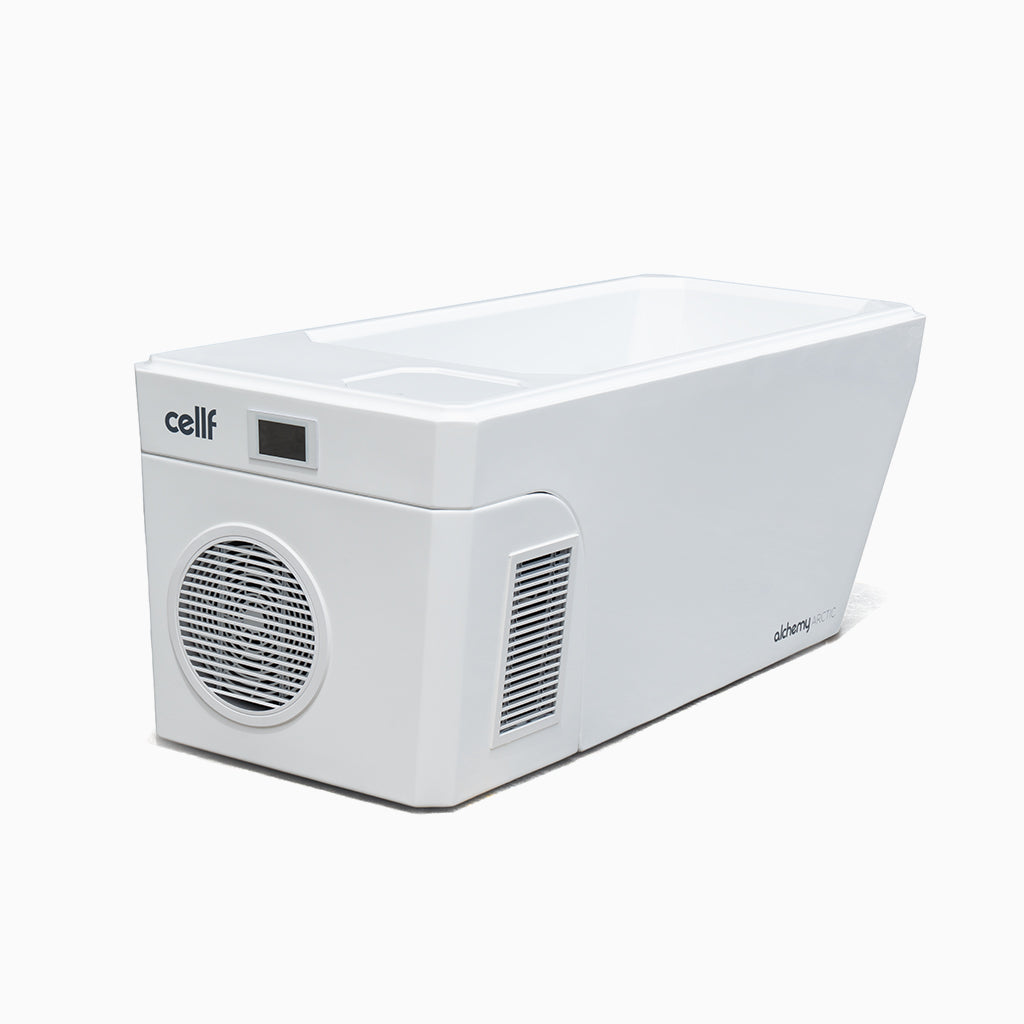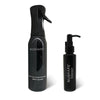You don’t always notice when it starts. A stiffness in the knees that wasn’t there last week. The subtle ache in your hands when holding your phone. The fatigue after climbing just one flight of stairs. For many people managing chronic pain, the cause isn’t always what they expect, or where they’re looking. While some inflammation stems from old injuries or genetic conditions, the deeper drivers often go unnoticed for years. And that delay can make all the difference between manageable discomfort and daily disruption.

When Your System’s Out of Sync
Sometimes, the issue isn’t in your knees or wrists; it’s in your liver, your gut, or your blood sugar regulation. Internal systems have to coordinate in the background to clear out waste, balance hormones, and keep inflammation signals in check. When they don’t? Low-grade inflammation simmers beneath the surface.
What feels like a joint issue might be your body waving a red flag — a subtle breakdown in system harmony, where imbalances in your gut or hormones quietly inflame your joints before any visible damage shows up. This type of systemic disruption can linger unnoticed for years, often masked by fatigue, mood swings, or digestive issues. That’s why treating pain topically, or even through isolated nutrition fixes, rarely works long term. The root cause isn’t always where the ache shows up.
Getting Enough Sleep Reduces Inflammation
If you’ve been brushing off poor sleep as a minor annoyance, you might want to reconsider. Your body runs on cycles of repair, and deep sleep is when those repair systems come online. Miss enough of it, and the inflammatory pathways, particularly cytokines, ramp up their activity.
That’s not a guess. Research confirms that lack of restorative sleep feeds joint inflammation by disrupting your body’s ability to modulate immune response and pain thresholds. Even short-term sleep loss can lead to morning stiffness, while chronic deprivation builds a feedback loop that intensifies pain over time. Sleep isn’t a luxury; it’s maintenance.
Cortisol Is a Known Joint Wrecker
You don’t have to feel stressed for your body to be producing stress hormones. Chronic low-level stress — financial tension, relationship strain, health uncertainty — can elevate cortisol levels subtly but consistently. The result is a chemical state that wears down connective tissue and stifles repair mechanisms.
Over time, stress hormones amplify joint inflammation in a way that feels invisible until it becomes debilitating. You may not feel anxious, but your biology registers every skipped meal, every unresolved argument, every mental backlog as a demand for cortisol. The body can’t tell the difference between a tiger in the woods and an overdue bill.
Sitting Is an Inflammation Multiplier
It’s not just that your hips get tight from sitting too long. When you’re inactive for most of the day, your circulation slows, joint lubrication decreases, and the tissues surrounding key joints start to degrade. Worse still, muscle imbalances creep in, making your knees or lower back absorb more shock than they should.
Studies confirm that prolonged sitting increases knee pain risk — even in people who work out regularly. This isn’t just about fitness; it’s about micro-movements and the frequency of physical reset. Small, regular motions reduce inflammatory buildup more effectively than sporadic bursts of high activity. Your body wasn’t designed for stillness.
Hydration Is Essential
Even mild dehydration can amplify pain. Your joints depend on water to maintain cartilage elasticity and shock absorption. Without it, tissues dry out, toxin elimination slows, and inflammation rises, often quietly. Think of it less like a gas tank and more like oil for your engine.
The impact of hydration’s role in joint resilience is frequently underestimated. Two liters a day is the bare minimum. More if you’re active, sweating, or using medications that affect water balance. You can’t stretch what isn’t supple. And dryness always leads to friction.
Light Can Heal, If You Aim It Right
One of the most promising tools for inflammation relief isn’t chemical at all, it’s photonic. Red light therapy uses specific wavelengths to penetrate deep into muscle and joint tissue, where it stimulates mitochondria to accelerate cellular repair. The effect isn’t just theoretical.
Many users experience measurable reductions in pain intensity and swelling after consistent use. Devices like the Nushape Light Therapy Wrap are designed to be worn on target areas, delivering photonic energy directly into inflamed tissue. For more focused neurological support, the Nushape NeuroPulse PRO targets inflammation in the brain and scalp, especially useful for people dealing with tension, migraines, or TMJ-related flare-ups.
What You Breathe Affects What You Feel
Air pollution doesn’t just hurt your lungs. Toxins in the air, especially from coal, tobacco, and heavy metals, can interact with immune cells and confuse their signaling pathways. In simple terms: your immune system sees threats everywhere, including your joints. N
ew research is uncovering just how much polluted air may heighten arthritis risk, particularly among those exposed for years at a time. If you live in an urban or industrialized area, your risk profile might be shaped more by your environment than your genetics. And yet, few doctors ask about air quality when evaluating chronic pain.
Food That Calms the Fire
Inflammation often starts in the gut, and what you eat either fuels or cools that fire. Turmeric, ginger, leafy greens, and berries are known for their ability to modulate inflammatory pathways. But consistency is key — a single salad doesn’t fix a month of inflammatory meals. One easy entry point is a nutrient-dense anti-inflammatory blend made from real, organic vegetables. Supergreens can help bridge nutrient gaps while supporting gut integrity and overall inflammatory control. Look for ones without added sugars, artificial flavors, or synthetic fillers. It’s not about perfect meals; it’s about persistent choices.
It's Not All in Your Head, or Your Knees
Pain rarely comes from just one place. It’s the accumulation of signals — chemical, mechanical, emotional — that either regulate or destabilize your body’s equilibrium. The hard part is that many of the worst offenders masquerade as normal: a missed night of sleep, another hour at the desk, one more processed snack.
The good news? These patterns can be interrupted. And every small shift, like more movement, deeper sleep, and clean hydration, chips away at the pressure your joints carry. So the next time you feel that dull ache creeping back in, don’t just look at your body. Look at your rhythm. Look at your stress. Look at your air. The clues are there. The change begins with seeing what most people miss, and acting before the damage takes root.
Discover the transformative power of Nushape’s innovative infrared light therapy devices and elevate your wellness journey from the comfort of your home. Visit Nushape to explore our range of products designed to enhance your health and vitality.
Written by Dana Brown




























































































